Introduce your students to the most common homophones with these two sets of comprehensive word lists.
An Extensive Homophones List at Your Fingertips!
Homophones are words that sound the same when spoken but have different meanings and different spellings. This makes it especially tricky when our students use these words in their writing! When dealing with homophones, it is important for our students to learn which spellings belong with which definitions so they can select and use the correct word in their writing.
These two lists of 50 words each (100 words in total) have been compiled to assist you in exploring homophones in your classroom. The lists include a combination of one- and two-syllable homophones.
Some of the homophones included in the list are:
- Their/they’re/there
- Too/to/two
- By/bye/buy
- Where/wear
- Your’re/your
- And many, many more!
Multiple Applications for This Homophones List
This list of homophones can be used in numerous ways to support the diverse needs of your learners during your literacy sessions. Here are some of our suggestions:
Teach the Spelling and Meaning Simultaneously
When it comes to homophones, simply spelling the word correctly is not enough. Knowing the definition to match the correct spelling is vital if students are to use the correct homophone in the context of their written work. Teaching the spelling and meaning of homophones simultaneously is the best way to ensure that students make these connections. Challenge the students to come up with little tricks to help them connect a homophone’s meaning with its spelling, e.g ‘I’d like a piece of pie’ or ‘You can find here in there.’
Can You Pick It?
Project the word list on your interactive whiteboard. Say a sentence orally to the class, e.g ‘I must buy groceries on my way home.’ Choose a student to come to the board and point to the homophone from the list that was used in the sentence.
Individual Practice
Send the lists home so your students can revise decoding (reading) and encoding (spelling) the homophones on the list. Using each word in a sentence orally is a great way of checking that students have connected the homophone to its correct definition.
Easily Download This Resource for Your Students
Use the Download button to access the PDF or editable Google Slides version of this resource.
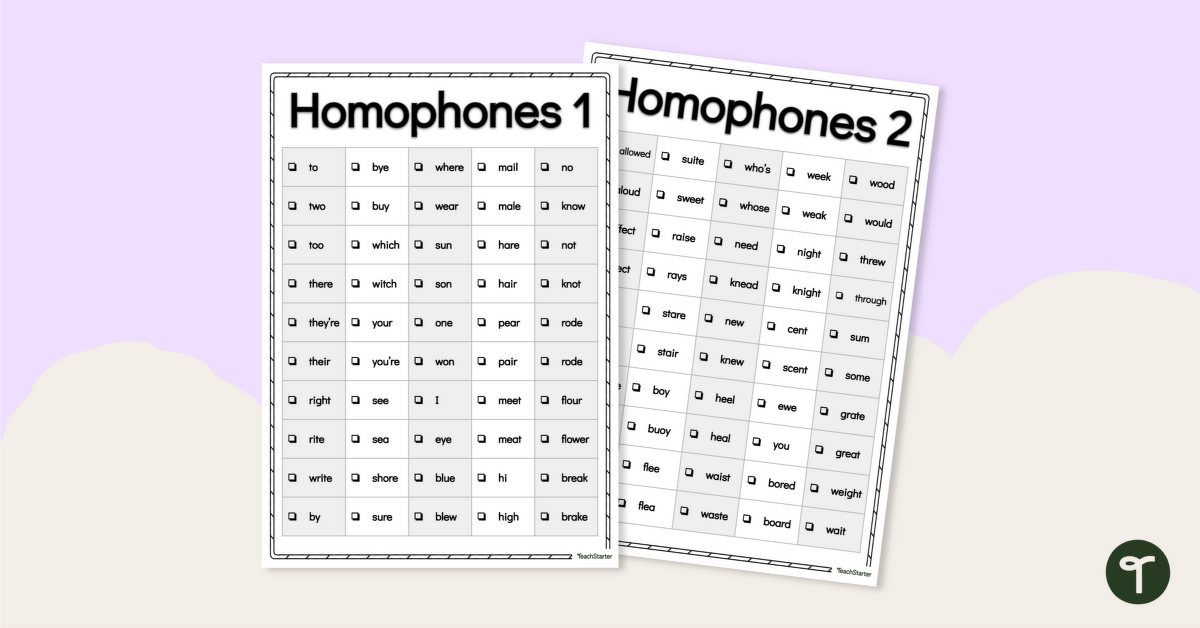


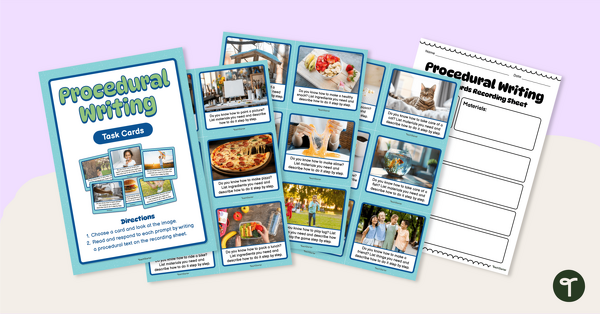
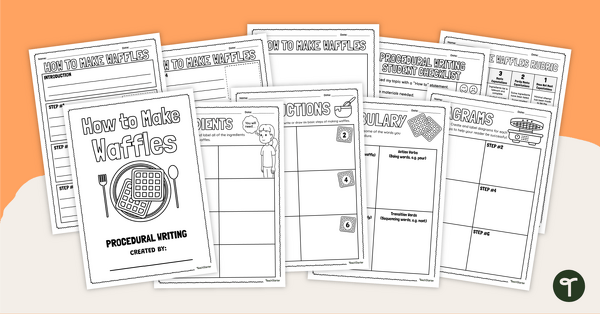
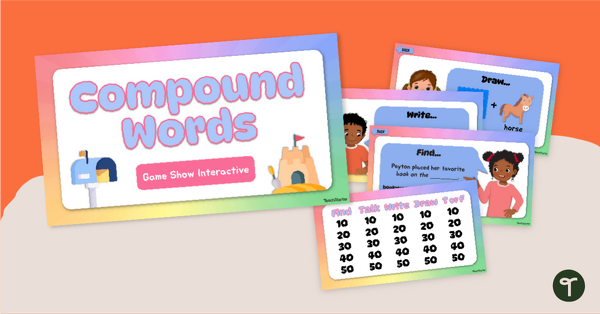
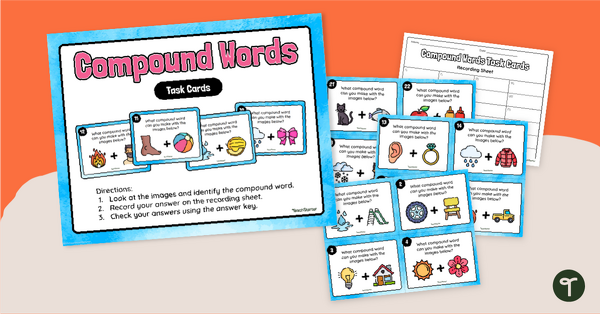
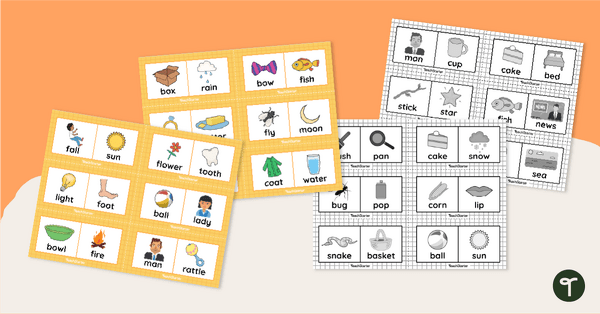
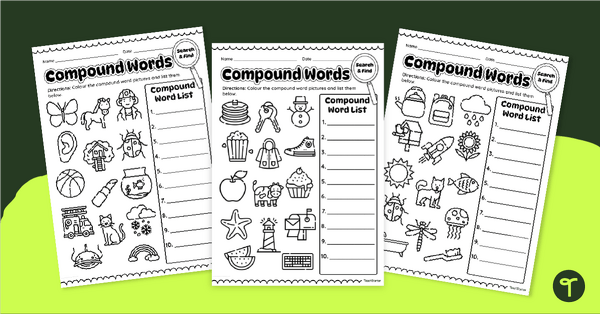


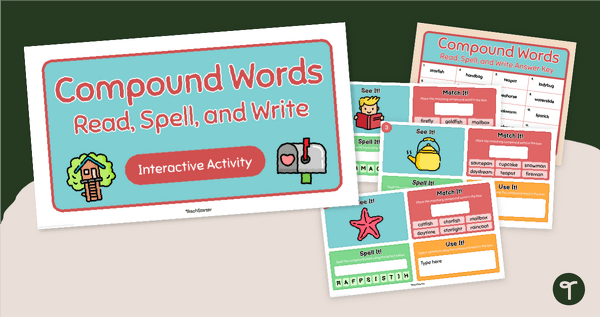
0 Comments
Write a review to help other teachers and parents like yourself. If you'd like to request a change to this resource, or report an error, select the corresponding tab above.